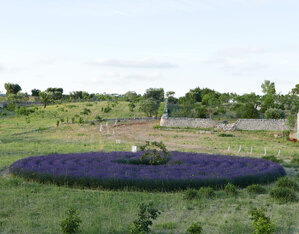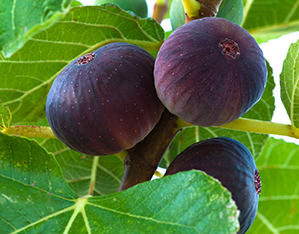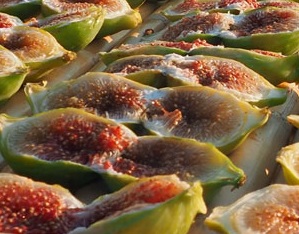In the gentle, rolling countryside between Cisternino and Locorotondo, one of the most important collections of fruit trees anywhere in the Mediterranean region came into being almost as a bet. The garden winds like a botanical pathway through rare and heirloom species, from the pummelo to the biricoccolo (an heirloom apricot cross), Pakistani mulberry and jujube.
A must-see for visitors to the Itria Valley, the “I giardini di Pomona” botanical conservatory combines the preservation of agricultural biodiversity with research and educational activities. The garden spans some ten hectares of former pastureland. Over the last twenty years, more than 1,200 varieties of fruit trees have been planted here, for the most part heirloom varieties of pear, apricot, plum, fig, pomegranate, almond, mulberry, quince, jujube, azarole, sorb, cornel and citrus trees, as well as a large number of aromatic plants and other rare species.
This “living genetic bank” with nearly seven hundred fig cultivars from different countries, making it one of the largest such collections in the world, is the passion project of Paolo Belloni. Originally from Milan, Belloni was keen to preserve and pass on to future generations the precious heritage assembled by generations of farmers over the millennia. The garden’s dry stone walls, terracing, pre-existing cisterns and buildings were all restored according to the canons of local tradition.
The conservatory is set up as an educational farm, offering courses on agronomic and processing techniques, workshopsand conferences on holistic disciplines. The garden also sells high-quality, artisanally-processed agricultural products.




